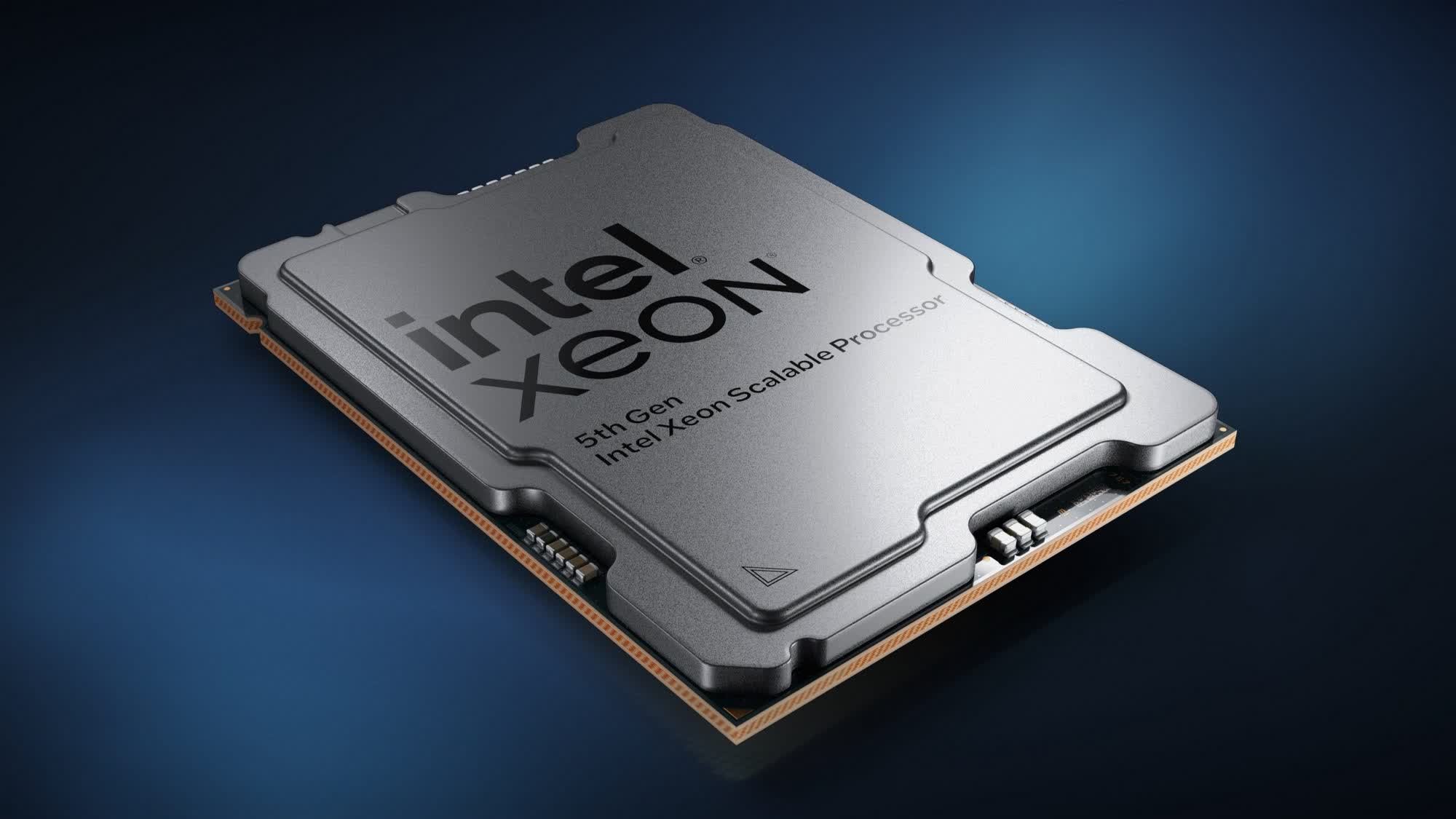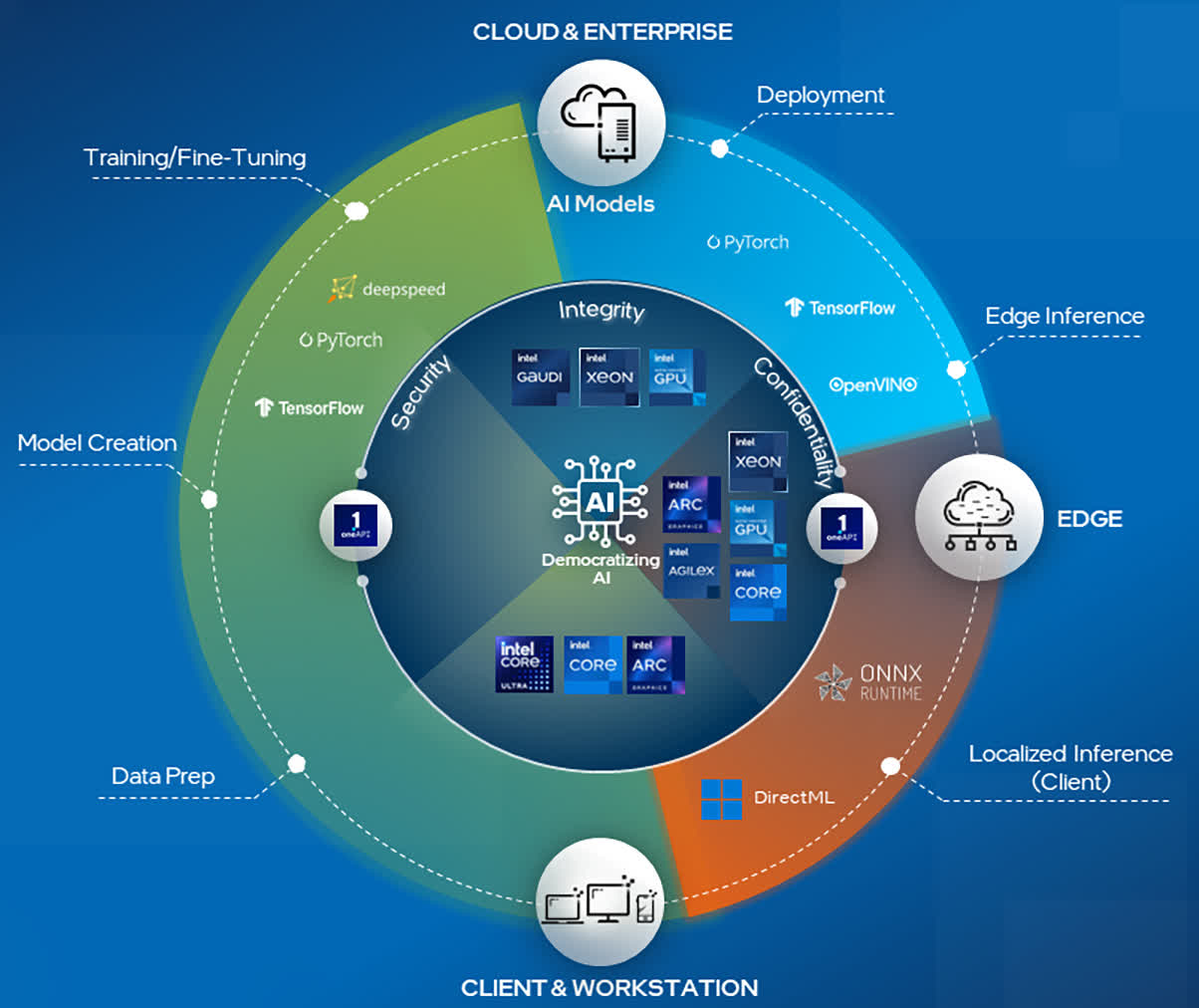What just happened? At its Innovation 2023 event this week, Intel not only announced a wealth of details about its future consumer products but also unveiled a 288-core CPU as part of its 'Sierra Forest' lineup for high-density servers. The company also confirmed that Sierra Forest, Granite Rapids, and Clearwater Forest will be compatible with its new Birch Stream platform, which will include the LGA 4710 and LGA 7529 sockets.

The 288-core CPU will be a dual-chiplet SKU with 144 cores on each die, totaling 288 cores and 288 threads. It will compete against AMD's EPYC Bergamo CPUs, which come with up to 128 Zen 4C cores, and Ampere's 192-core AmpereOne processors, both of which were announced earlier this year. Tom's Hardware speculates that Intel could even launch a tri-chiplet SKU with a mind-boggling 432 cores, but whether that will be technologically feasible remains to be seen.
Intel also confirmed that its 5th-gen Xeon family, codenamed 'Emerald Rapids,' will launch on December 14. It will be compatible with the existing Eagle Stream platform and offer some interesting upgrades over its predecessor. According to Intel, the new chips will bring faster memory and offer significant performance gains compared to the 4th-gen lineup while consuming the same amount of power.
Another notable announcement from Intel was its increasing focus on AI applications. The company stated that a supercomputer designed for AI tasks would be constructed entirely using its Xeon processors along with 4,000 Gaudi2 AI hardware accelerators. The primary customer for this machine will be Stability AI, the artificial intelligence-driven visual art startup responsible for the generative AI model known as Stable Diffusion.
Intel additionally touched on its consumer products during the event, including a confirmed launch date for its Meteor Lake CPU lineup. What's more, the company provided some details about its upcoming processor generations, which include Arrow Lake, Lunar Lake, and Panther Lake.
Meteor Lake is almost here, with the first set of 'Core Ultra' chips scheduled to launch on December 14. The chipmaker claims that Meteor Lake represents the most significant architectural shift in the company's processor design in four decades, and it is expected to deliver noticeable performance and efficiency improvements over its predecessors. As for Arrow Lake, it is expected to debut in the second half of 2024, while Lunar Lake could arrive by 2024-25. Finally, there's Panther Lake, which is slated for release in 2025.
https://www.techspot.com/news/100221-intel-announces-288-core-sierra-forest-xeon-processor.html
